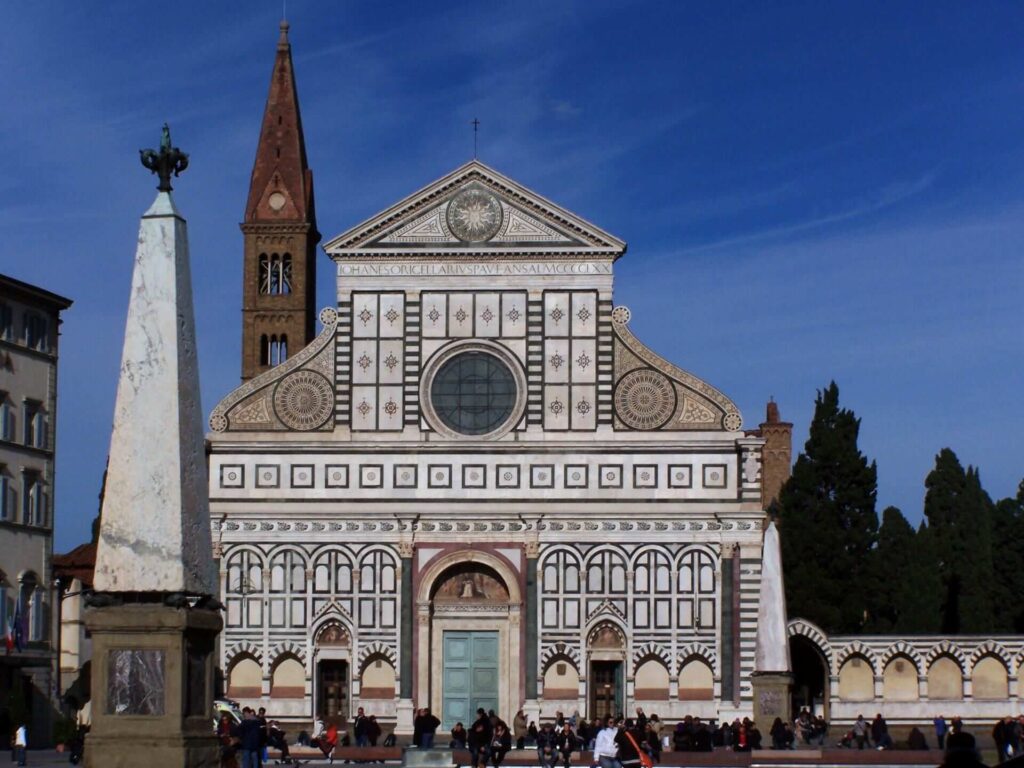by The Cowl Editor on January 17, 2019
Art
by: Catherine Goldberg ’20 A&E Staff

Providence College is proud of its Dominican identity. Much of the Dominican Order’s history roots itself in 13th century Italy, where St. Dominic traveled, preached, and led his order. In Florence, there is a Dominican basilica, the Santa Maria Novella, which is situated just across from the main railway station which is named after the basilica. Chronologically, the Santa Maria Novella was the first great basilica in Florence. It was built a few decades after St. Dominic’s death, and has become a beacon of Renaissance art since its completion in 1360.
The church was designed by two Dominican Friars, Fr. Sisto Fiorentino and Fr. Ristoro da Campi. Famous Renaissance artist, Leon Battista Alberti, also contributed to the basilica’s art and construction. The most famous aspect of the basilica is its front exterior, the façade, which was designed by Alberti. Alberti wanted to bring the ideals of humanist architecture and classically inspired detailing, while also creating harmony with the existing medieval part of the façade. The façade that Alberti added is a perfect example of the harmony found in the art of the early Italian Renaissance.
The vast interior of the basilica contains some of the most famous Renaissance art pieces. Stained glass windows span the basilica. The most famous stained glass window in the Santa Maria Novella is Madonna and Child. Below this is another 15th century glass window of Doctor of the Catholic Church, St. Thomas Aquinas.
The pulpit of the basilica, a small spiral staircase leading to a podium for preaching, was designed by Filippo Brunelleschi and completed by his adopted son, Andrea Calvalcanti. This pulpit is famously known as the place where Galileo Galilei was first verbally attacked by the Catholic church for his theories of heliocentrism, which would eventually lead to his indictment. The Holy Trinity by Masaccio is another famous work inside the basilica. The painting exposes Masaccio’s new ideas on perspective and mathematical proportions.
Visiting Florence, and especially the Santa Maria Novella basilica, brings to life the education we receive through DWC as freshmen and sophomores here at PC. When wandering through renaissance-esque basilicas, it truly makes one grateful for the education offered by the College.